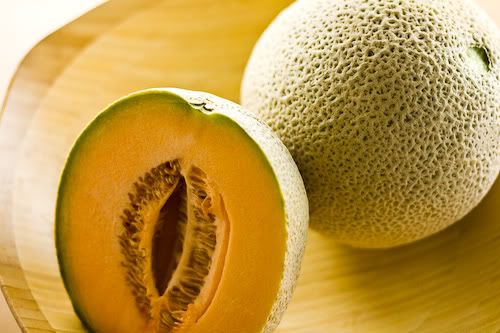
Cultivated in all warm countries.
Constituents
- Fruit contains dextrose, 1.4 to 2.6%; citric acid, water, 92 to 96%; fat, 0.5 to 0.8%;.
- Seed contains globulin and glutine, arginine, histidine, lysine, cystine, tryptophan, fixed oil, galactan and glucose.
- Oil consists of glycerides of linoleic, oleic, palmitic, stearic and myristic acid; also, lecithin and chloresterin.
- Roots contain nenemetin, potassium malate and pectin.
- Contains an emetic principle.
Properties
- Considered emetic and purgative.
- Fruit, especially the pulp, considered nutritive, demulcent, diuretic and cooling.
- Seeds considered diuretic.
- Kernel considered stomachic, peptic and constructive remedy.
Parts used
Roots, pulp, seeds, kernel.
Uses
- Root considered an effective emetic – one piece in 60 gm of lime water.
- Peduncles used for anasarca and indigestion. In Indo-China, it is employed to arrest vomiting.
- Fruit pulp used as a lotion for chronic and acute eczema; also used for removing tan and freckles; and internally, used for dyspepsia.
- Seeds yield a sweet, edible oil which is nutritive and diuretic, useful for painful discharges and suppression of the urine.
- Fruit pulp also used as diuretic.
- Kernels prescribed for cancer of the stomach and for purulent problems of the digestive tract.
- Kernels used for menorrhagia, after the oil has been extracted.
- In Italy seeds are used as emollient and refreshing medicine.
No comments:
Post a Comment